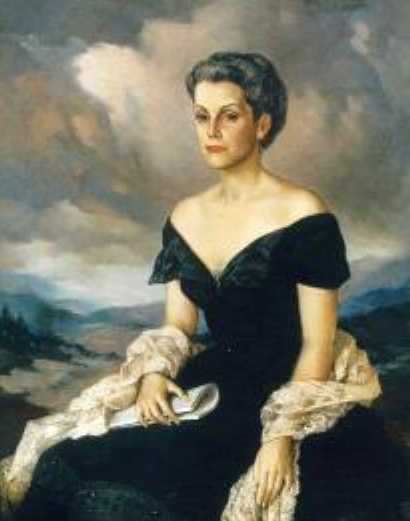4.1.1.16.1 “Verses” and “Song to the Barren Woman”, 1938, Dulce María Loynaz

These are the first collections of poems published by Dulce María Loynaz, where the defining features of her poetics can already be appreciated: intimacy as a fundamental creed and a fruitful sense of nature, in addition to the immanent religiosity, which nevertheless becomes heterodox ontological questions.
His lyricism sought to exist per se and not to join an aesthetic movement or try to renew it; both of these aims were alien to him, which is why it is sometimes considered that his work does not fully fit into the era in which it was conceived, which can be seen in these collections of poems, which are free from any social or literary upheaval, timeless.
On the other hand, his lyrics do not seek a profound understanding of phenomena but rather focus on sensory enjoyment, longing in a certain way for a fusion, which may also be the dissolution of his individual self, some way of passing through his painful chrysalis, all the more so since it was not assumed with a tragic sense.
The connection between life and poetry can be captured in “Canto a la mujer sterile” (Song to the Sterile Woman); probably written after she discovered her inability to procreate (she also mentions this matter in “Fe de vida” (Proof of Life), so it doesn’t constitute an immersion in her intimacy), a matter that didn’t deeply shock her given her lack of interest in children, as she knew herself to be prodigal in poetic gifts.
In the text, motives associated above all with the inevitability of death and the impossibility of love are interwoven, where he already stands out in his mastery of the Spanish language, with the use of elegant and simple vocabulary, which fearlessly touches on common places, giving a new meaning to commonly used words and phrases, however his lyricism was completely unusual, original in that it did not propose to be so but only to capture his spiritual experience, the reflection of his emotion sometimes without a fixed cause.
The attitude of the lyrical speaker, the author herself, as her verses are based on intimacy, is above all self-contemplative. When she attempts dialogue, it is clear that her interlocutor is generally nothing more than absence, exacerbating the impossibility of establishing communication, withdrawing into a solitude that is not necessarily physical.








